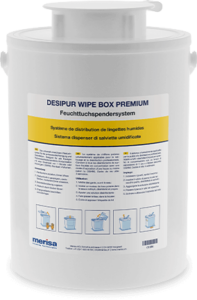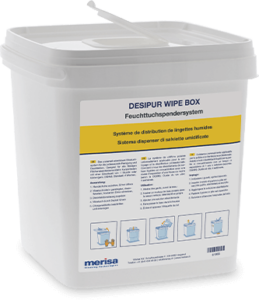Wipe or spray
The question of whether to wipe or spray is one that hygiene and quality officers ask themselves when drawing up disinfection plans.
We have the answers.
Basically, one should have the goal in mind: a completely wetted surface. What factors need to be considered in order to choose the appropriate application technique?




